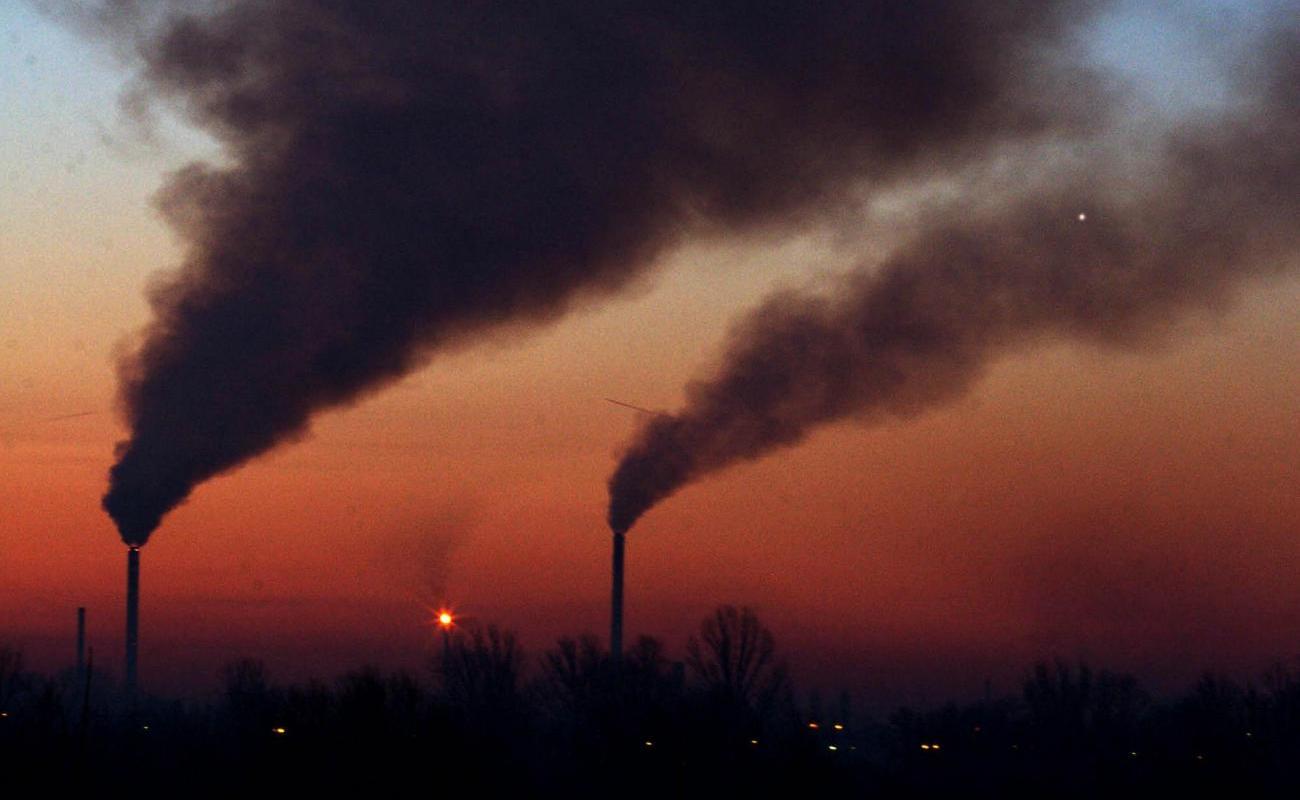Serbia as a paradise for Chinese dirty technology

Chinese investments and loans have mostly gone to poor countries with very little or no environmental regulation. This has led to these countries becoming “paradises” for China’s dirty technology. However, under pressure from the domestic and foreign public, after 2012, China partially changed direction, including more and more environmental elements in its investment policy in African countries. At the end of 2013, the Chinese government recommended that companies comply with environmental rules in the countries in which they operate in order to reduce environmental impact, reduce pollution and manage waste in accordance with international rules (David H. Shinn, 2016, “The Environmental Impact of China’s Investment in Africa”).
Serbia and Chinese investments
Sometime in early 2010, when loans from international financial institutions began to stagnate (both due to the crisis and due to the growing trend of public debt in Serbia), the government began concluding agreements with bilateral creditors. This policy was intensified after 2012 and continues to this day.
Russia, Azerbaijan, Qatar, China, the UEA, gave relatively favorable loans to Serbia, without setting too many conditions. The only significant condition was that companies from those countries do the job without a tender.
Such a trend has led to a situation where the share of public debt to foreign governments in total debt increased from only 1% at the end of 2010, to about 14% at the end of March 2021. If the agreed loans of foreign governments in 2021 are taken into account and under the assumption that they are all withdrawn in the coming period (it is not realistic for that to happen, although they are all provided by the Budget Law for 2021), that amount could reaches over 30% of the total public debt of Serbia.
When looking at the structure of these loans in more detail, at the end of March 2021, about 30% of the total debt to foreign governments or about 4% of the total public debt of Serbia falls on debt to China (according to the monthly report of the Public Debt Administration of Serbia for the first quarter of 2021 debt to China is about 1.145 billion euros).
However, when everything that is foreseen in the budget for 2021 is taken into account and when it is realized, the growth of the debt to China will be enormous and will be around 15% of the total public debt of Serbia. In other words, every adult citizen of Serbia will owe China about 1,000 euros. And that, judging by the announcements of government officials, is just the beginning.
On the other hand, along with the growth of public debt to China, foreign direct investments from this country are also growing. In just a few years, China is becoming the most important investor in Serbia. Until 2013, investments from China in Serbia (and in Europe in general) were at a very low level. Since 2014, they have been growing rapidly, so that in the previous four years they reached about 7% of total foreign direct investment in Serbia.
Individually, from 2017 to 2020, China has become the long largest investor in Serbia with close to 1.4 billion euros in foreign direct investment, according to official NBS data. Thus, in the observed period, China overtook traditionally large investors such as Germany, Russia, Italy, Austria and Slovenia.
The only country from which more investments came in this period than from China is the Netherlands, but this should be taken with a grain of salt because many multinational companies are registered in the Netherlands due to preferential tax treatment (eg FIAT’s investment formally came from the Netherlands, not from Italy, because the company is registered there).
When the investments of Chinese companies that indirectly entered Serbia are taken into account (eg the acquisition of the Canadian company Nevsun, which explores the copper and gold deposit near Bor by the Chinese company Zidjin, which is also the owner of RTB Bor), we can say with certainty that China is by far the largest single investor in Serbia in the period 2017-2020. years.
